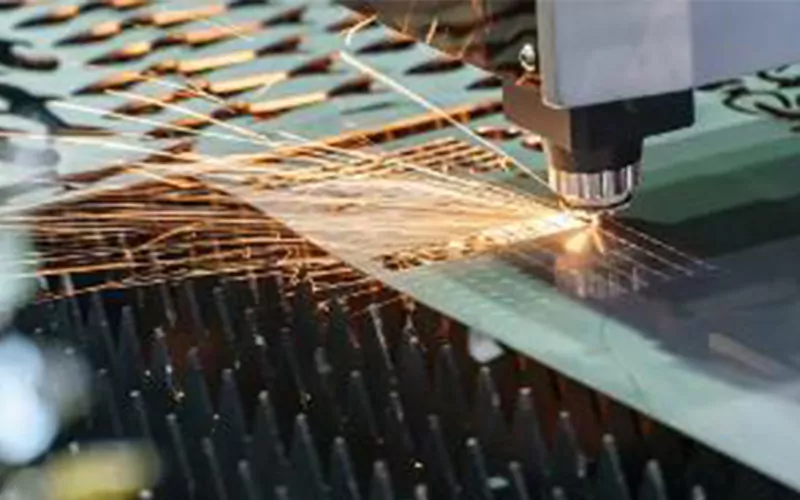Sheet metal fabrication companies have come a long way in their evolution, transitioning from traditional methods to embracing high-tech advancements. This transformation has revolutionized the industry, enabling companies to improve efficiency, precision, and overall productivity. In this article, we will explore the journey of sheet metal fabrication companies and how they have adapted to the changing landscape of technology.

Traditional Methods: The Foundation of Sheet Metal Fabrication
The roots of sheet metal fabrication lie in traditional methods that have been practiced for centuries. Craftsmen would manually shape and mold metal sheets using basic tools such as hammers, anvils, and shears. While these techniques required immense skill and craftsmanship, they were time-consuming and limited in terms of precision.
However, as demand for sheet metal products grew, companies began to explore ways to streamline their processes and meet the increasing market needs.
The Advent of Machinery: Revolutionizing Sheet Metal Fabrication
The introduction of machinery marked a significant turning point in the evolution of sheet metal fabrication companies. With the invention of mechanical presses, companies could now automate the bending, cutting, and shaping of metal sheets. This not only reduced production time but also improved accuracy and consistency.
As technology continued to advance, computer numerical control (CNC) machines emerged, further enhancing the capabilities of sheet metal fabrication companies. CNC machines allowed for precise and complex designs to be executed with ease, eliminating the need for manual intervention.
The Rise of High-Tech Solutions: Transforming the Industry
In recent years, sheet metal fabrication companies have witnessed a surge in high-tech solutions that have revolutionized the industry. One such innovation is the adoption of laser cutting technology. Laser cutting machines utilize a high-powered laser beam to cut through metal sheets with incredible precision and speed. This technology has significantly reduced production time and improved the quality of the final product.
Another high-tech solution that has transformed the industry is the implementation of 3D printing. While traditionally associated with plastic materials, 3D printing has made its way into the world of sheet metal fabrication. Companies can now create intricate metal parts using additive manufacturing techniques, eliminating the need for costly and time-consuming traditional methods.
The Future of Sheet Metal Fabrication Companies: Embracing Automation and AI
As we look ahead, the future of sheet metal fabrication companies lies in the integration of automation and artificial intelligence (AI). Automation technologies, such as robotic arms and automated material handling systems, are already being utilized to streamline production processes and reduce human error.
AI-powered software and algorithms are also being developed to optimize the design and manufacturing processes. These intelligent systems can analyze complex data and make real-time adjustments, leading to increased efficiency and cost-effectiveness.
Furthermore, the Internet of Things (IoT) is playing a crucial role in the evolution of sheet metal fabrication companies. Connected machines and sensors enable real-time monitoring and data collection, allowing companies to identify bottlenecks, optimize workflows, and improve overall productivity.
In conclusion, the evolution of sheet metal fabrication companies from traditional to high-tech methods has revolutionized the industry. The adoption of machinery, laser cutting technology, 3D printing, and the integration of automation and AI are all contributing to increased efficiency, precision, and productivity. As technology continues to advance, we can expect further innovations that will shape the future of sheet metal fabrication companies.


